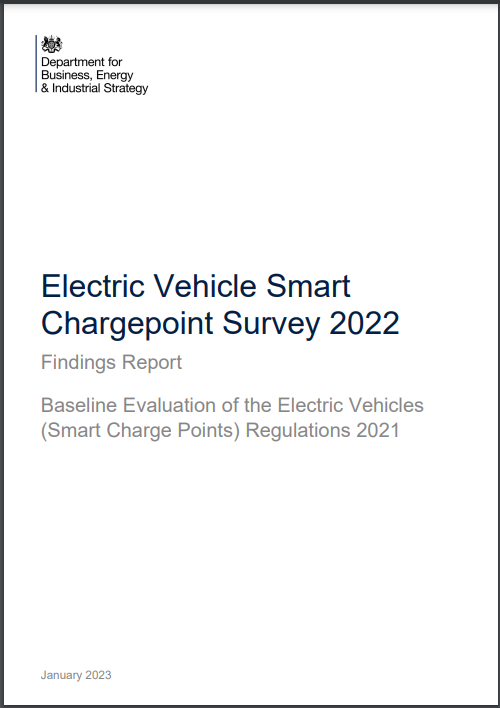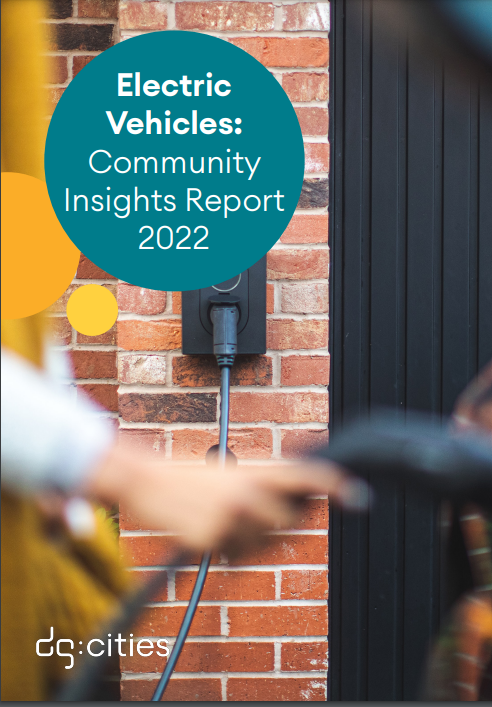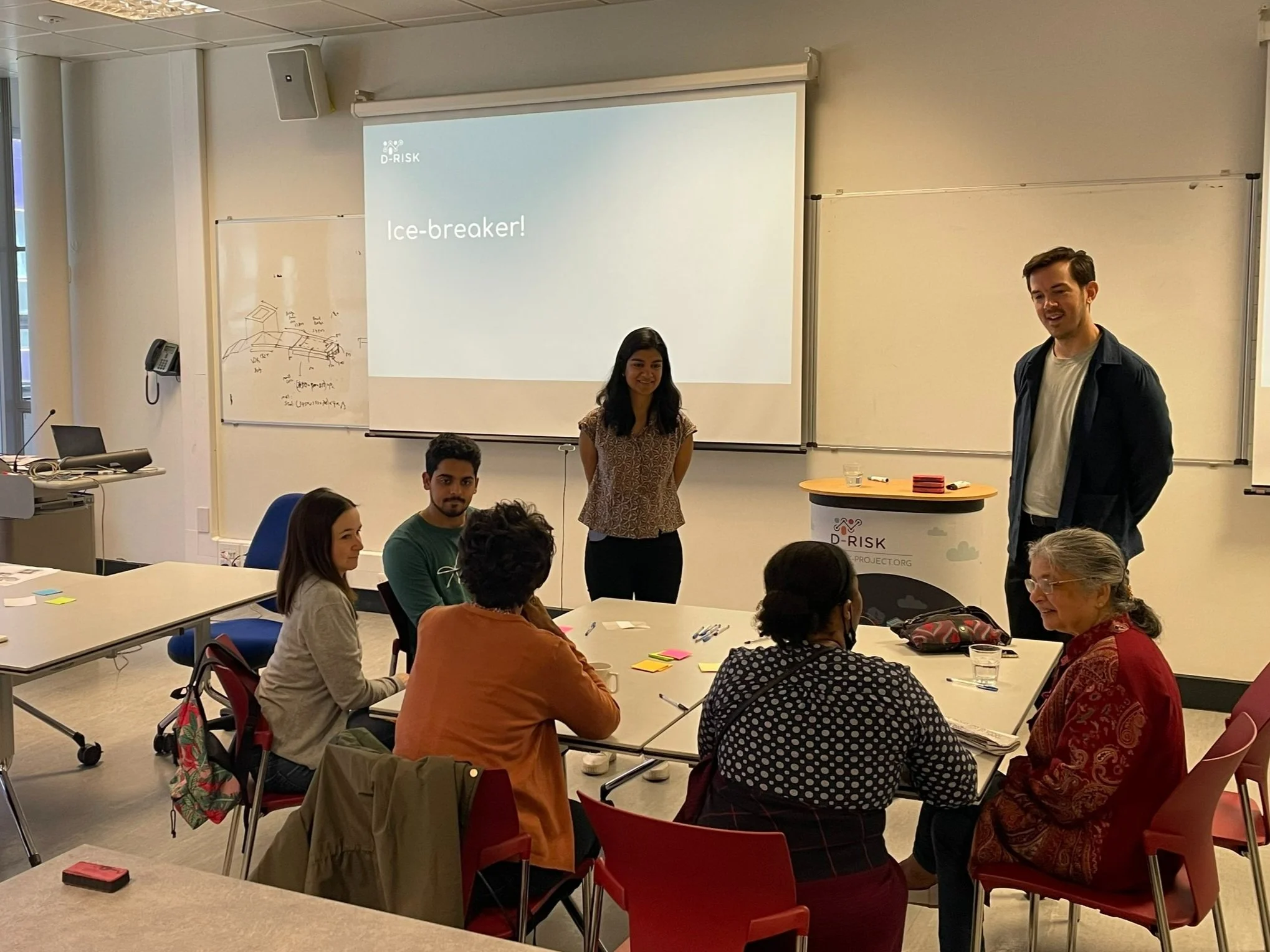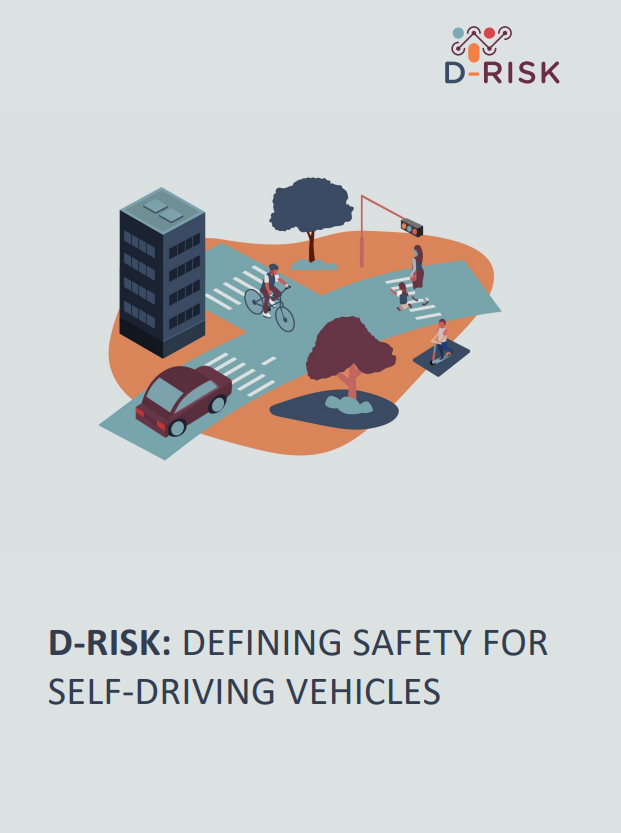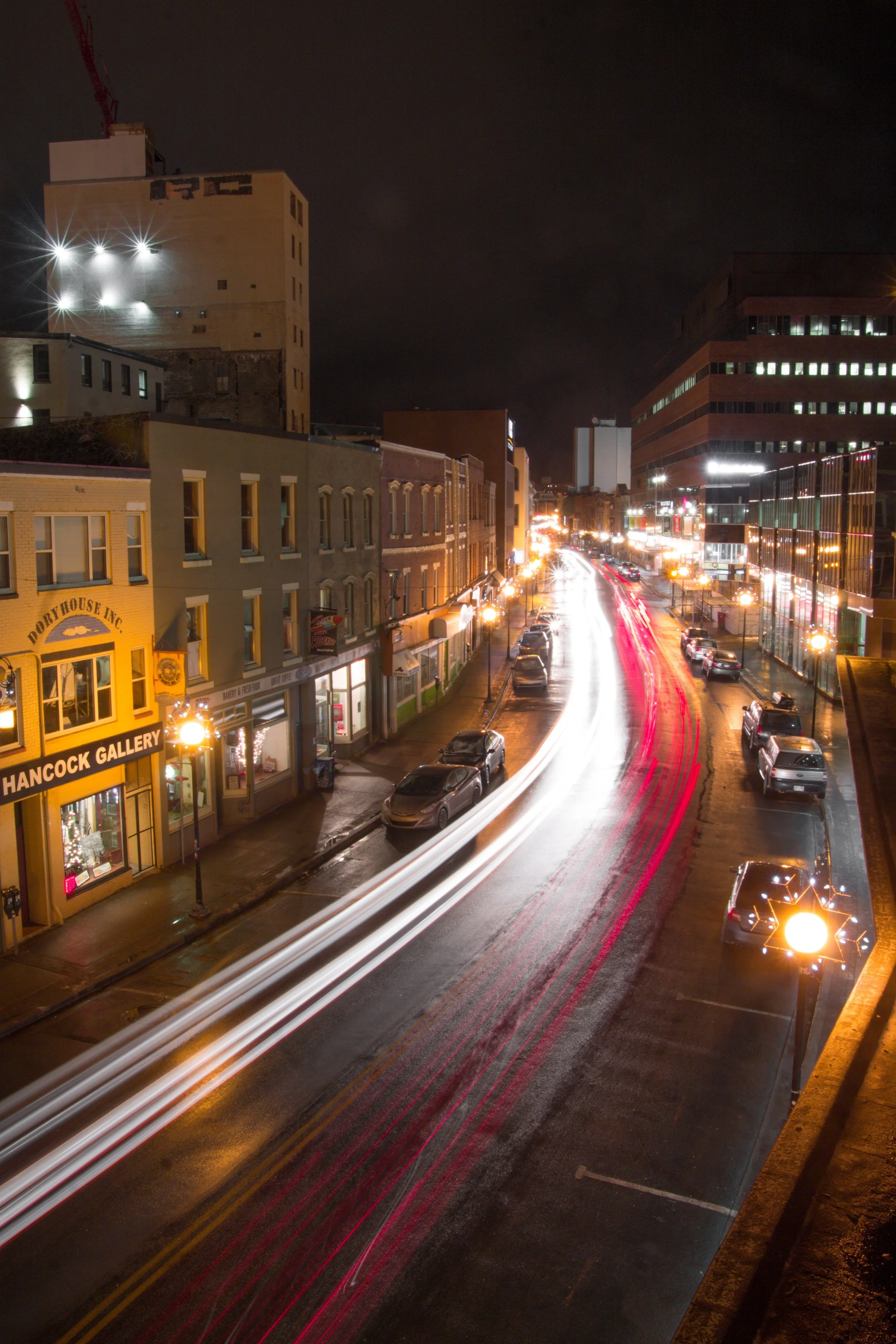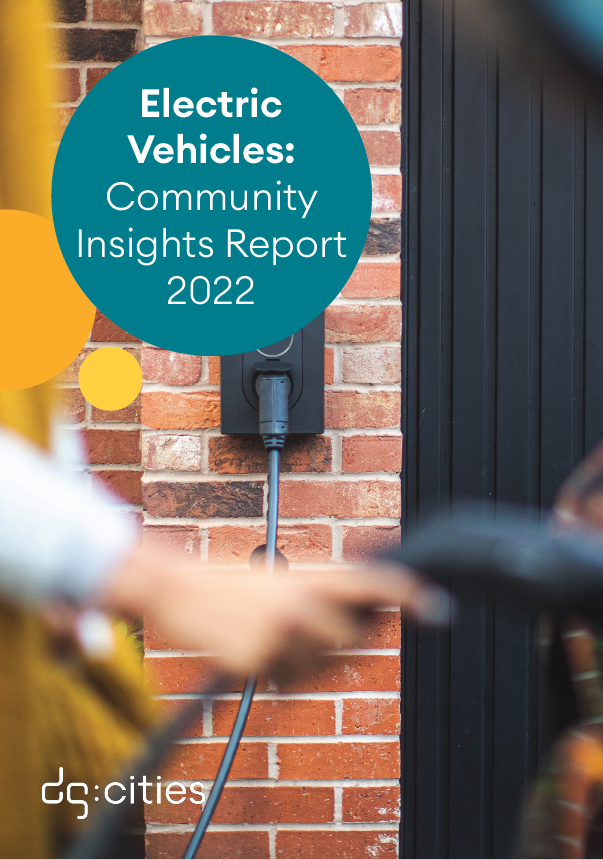This week, DG Cities is at the IoT Solutions World Congress in Barcelona. Head of Research and Service Design, Ed Houghton will be presenting lessons from our work on projects such as Endeavour and DRisk. For more than five years, we have been helping people imagine the ‘self’ in self-driving and envision what a future service could look like; and in doing so, deepening our understanding of the public’s needs and concerns. We have become a UK leader in attitudes to self-driving technology, and we’re excited to be in beautiful Barcelona to share our insights, as Ed explains...
Barcelona; Torre de Collserola on the Tibidabo hill
Imagine, for a second, what you would do if your taxi turned up at your doorstep with no driver. It still turned up – in fact it turned up on time, doors opened, and invited you to get inside to drive to your destination. Would you get in, sit back and relax, or would you ride on the edge of your seat, anxious for the journey to end?
This experience isn’t necessarily too far in the future. Self-driving vehicle trials have been underway across the UK for several years, with projects exploring how to ensure the technology is ready to offer this type of service. Just last week, the CAVForth project in Scotland trialled a self-driving bus on a real-life route across the Forth Bridge. Not quite a taxi, and there are still safety personnel involved, but the tech being tested is always improving.
The barriers to successful delivery aren’t necessarily tech-based, however (though there are still plenty of tech barriers to overcome!) In fact, we know from our research that there are key barriers among consumers, in their attitudes to self-driving services, and to AI more generally. Decision-making systems which support, or even remove the need for a person to make decisions, are often viewed with considerable mistrust. For example, DG Cities research on trust in AI-based self-driving services shows that almost a quarter (23.6%) of the public are yet to be convinced, neither trusting nor mistrusting self-driving services.
That is why, at DG Cities, we focus on bringing the public into the process of designing and developing AI-based transport. To build trust, we must incorporate diverse perspectives and needs into the service design approach. We cannot design new services without first understanding what the people that will ultimately benefit from them need and want.
We also need to make sure that we go to the public to meet them where they are. This means physically (and digitally) convening discussions in ways which are inclusive and accessible, and making sure that participants are able to fully engage with discussions about their visions for the future of AI-based mobility, such as self-driving cars.
“We need to make sure that we go to the public to meet them where they are. This means physically (and digitally) convening discussions in ways which are inclusive and accessible.”
A good example of this in action is the delivery of the national roadshow for project D-RISK, which is a project designed to develop a driving test for AI based self-driving services. By crowd sourcing the most unexpected, bizarre and unpredictable driving experiences, the public can help to train vehicles to deal with the most complex and unique scenarios (‘edge cases’). As part of our roadshow we travelled across the UK, to museums, universities, and outdoor markets, to meet people and hear their stories. As well as contributing edge cases to our research, this gave us a unique perspective on wider attitudes to emerging technologies.
What these projects brought into view is that a key issue with current approaches to AI tech, and IoT innovation in general, is that there isn’t enough dialogue and discussion with the public about what they want or need. If we are to build services that are trusted, valued and most importantly adopted, we have to get much better at listening, learning and building them with the people we hope will use them in the future.
Ed Houghton is speaking at the IOT Solutions World Congress on January 31st and February 1st 2023.





